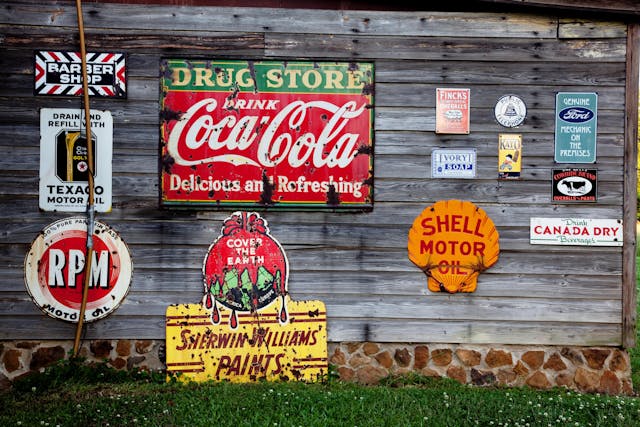The Impact of Color in Print Marketing
Let’s explore the impact of color in print marketing and provide some tips on how to effectively use color in your marketing materials. Color plays a crucial role in print marketing, influencing how consumers perceive and interact with printed materials. The strategic use of color can enhance brand recognition, evoke emotions, and drive consumer behavior.

The Psychology of Color
Understanding the psychology of color is essential for creating effective print marketing materials. Different colors can evoke different emotions and responses from consumers:
Red
Red is a powerful color that can evoke strong emotions such as excitement, passion, and urgency. It is often used in marketing to grab attention and encourage action, making it ideal for call-to-action buttons and sale advertisements.
Blue
Blue is associated with trust, reliability, and calmness. It is commonly used by financial institutions and healthcare providers to convey a sense of security and professionalism. Blue can also create a calming effect, making it suitable for corporate branding.
Yellow
Yellow is an optimistic and cheerful color that can evoke feelings of happiness and warmth. It is often used in marketing to attract attention and stimulate positive emotions. However, it should be used sparingly as it can be overwhelming if overused.
Green
Green symbolizes growth, health, and tranquility. It is commonly associated with nature and eco-friendliness. Green is an excellent choice for brands promoting sustainability or wellness products.
Using Color to Enhance Brand Recognition
Consistent use of brand colors across all marketing materials helps enhance brand recognition and build a strong visual identity. Here are some tips for using color to reinforce your brand:
Create a Color Palette
Develop a color palette that includes your primary brand colors as well as complementary secondary colors. This palette should be used consistently across all printed materials, from business cards to brochures and posters.
Maintain Color Consistency
Ensure that your brand colors are reproduced accurately across different print materials. Work with professional printers who can match your colors precisely, maintaining consistency in your marketing materials.
Color Contrast and Readability
Using color contrast effectively can enhance the readability and visual appeal of your print marketing materials. Here are some tips for achieving optimal color contrast:
Text and Background
Ensure that there is sufficient contrast between text and background colors to make the text easily readable. Dark text on a light background or light text on a dark background works best for readability.
Accent Colors
Use accent colors to highlight important information or call-to-action elements. This can help draw attention to specific areas of your print materials and guide the reader’s eye to key messages.
Testing and Proofing Colors
Before finalizing your print materials, it’s important to test and proof your colors to ensure they appear as intended:
Print Proofs
Request print proofs from your printer to check how the colors will appear on the final product. This allows you to make any necessary adjustments before the full print run.
Color Calibration
Ensure that your monitor is color calibrated to match the printer’s output. This helps in accurately predicting how the colors will look when printed.
Color in Print Marketing: Conclusion
Color is a powerful tool in print marketing that can significantly impact consumer perception and behavior. By understanding the psychology of color, maintaining brand color consistency, ensuring readability through effective contrast, and testing colors before printing, you can create impactful marketing materials that resonate with your audience.
For professional printing services and expert advice on using color in your print marketing, contact Automation Graphics.
Automation Graphics Inc.
519 8th Avenue 3rd Floor
New York, NY 10018
(646) 205-3037
